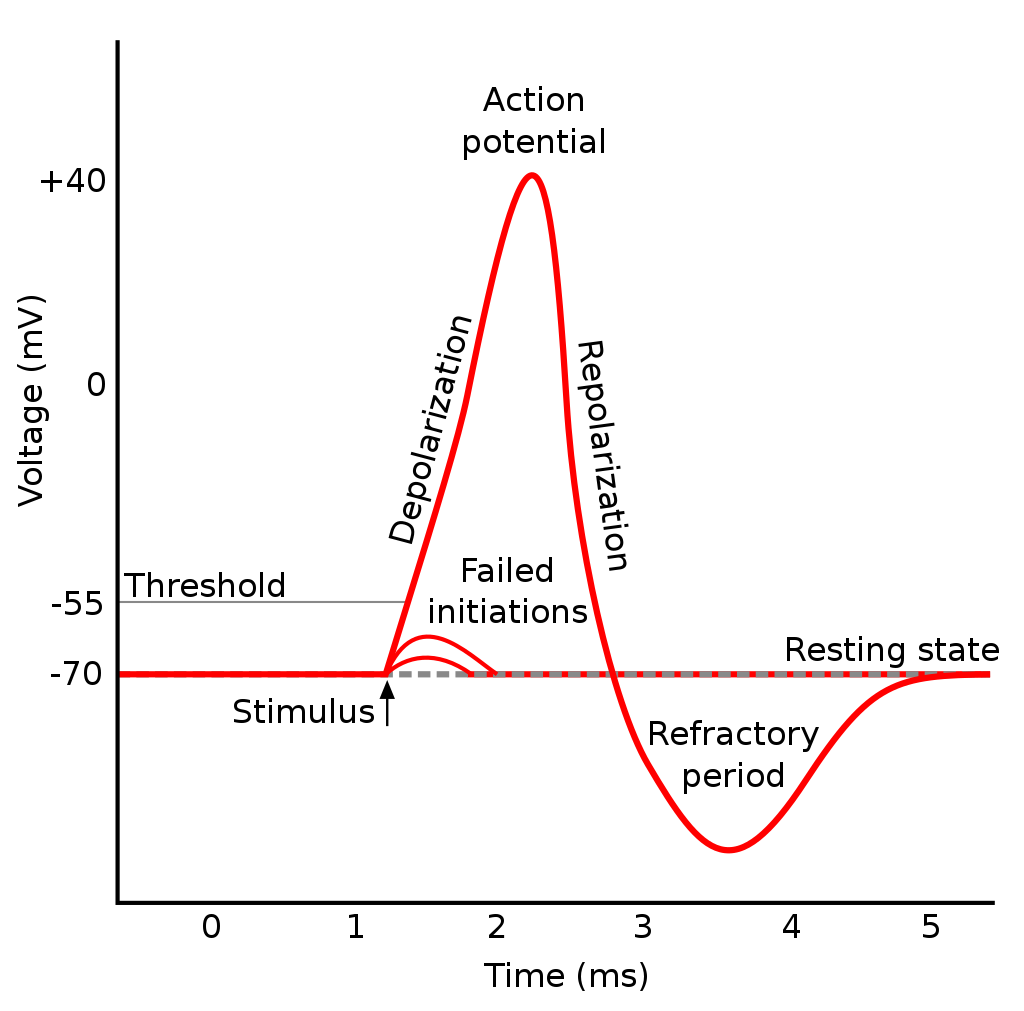I still dream of Orgonon – Kate Bush
This is a quiz. Don’t click any links until you know the answer. Don’t peek below. Much of this text comes from Wikipedia. To whom are the following statements referring:
1- He opened six free sex clinics in 1927.
2- He wrote The Mass Psychology of Fascism in 1933.
The question of the book was why did the masses turn to authoritarianism even though it is clearly against their interests? He set out to analyze “the economic and ideological structure of (particularly) German society between 1928 and 1933” in this book. The healthy alternative, he proposes, is a form of “Workers Democracy“, whereby those who ‘do’ the actual work make the decisions as to what, how and why.
This work draws the link between authoritarianism and sexual repression we can see today in the religious right.
3- In 1933 a Nazi newspaper Völkischer Beobachter published an attack on his work and he was forced to flee Germany.
4- He was excluded from the Danish Communist Party (without ever having joined it) because of his promotion of teenage sex and the publication that year of The Mass Psychology of Fascism, which they regarded as “counterrevolutionary”.
5- He wrote The Sexual Revolution in 1936 in which he analyzed the tools the authoritarian state uses to suppress sexuality.
These include: the ideology of lifelong, monogamous marriages – “compulsive marriage;” the suppression of infantile sexuality, the primary cause of unnatural sexual desires and perversions later in life; a lack of candid sexual education or sexual freedom for adolescents; the persecution of abnormal sexualities such as homosexuality; the illegality of abortion; and marriage as a legalized institution, and the lack of an “incompatibility” reason for divorce
6- He had his books burned by the U.S. government in 1956 and died in prison the next year.
If you haven’t guessed or clicked the links, the man is Wilhelm Reich and he was pretty crazy and brilliant. When admitted to prison, the psychologists thought he was delusional and paranoid. But you’re not paranoid if they really are after you. After being forced to flee Germany, encountering the ire of the communists, and having his books burned by the U.S. government maybe he had reason to be paranoid.
One of his craziest ideas was the notion of orgone energy. Orgone was a bioelectric, life force, responsible for life and health. Its constriction and deficits were the causes of disease. He invented orgone accumulators that people could sit in to increase their orgone energy. It was this device that led to his troubles with FDA.
The name “orgone” is derived from “orgasm” and Reich believed the life-force to operate with a four-beat rhythm similar to the pattern of an orgasm.
mechanical tension -> bio-electric charge -> bio-electric discharge -> mechanical relaxation
Reich believed orgone to be more than electricity, but it is difficult not to see the parallels with the electrical activity in action potentials firing.

He invented a cloudbuster device that he believed could unlock orgone in the atmosphere and produce rain. That device is depicted in the Kate Bush video that tells a story of the FDA arriving and taking Reich off to jail. The video and song were based on a memoir by Peter Reich, Wilhelm’s son.


